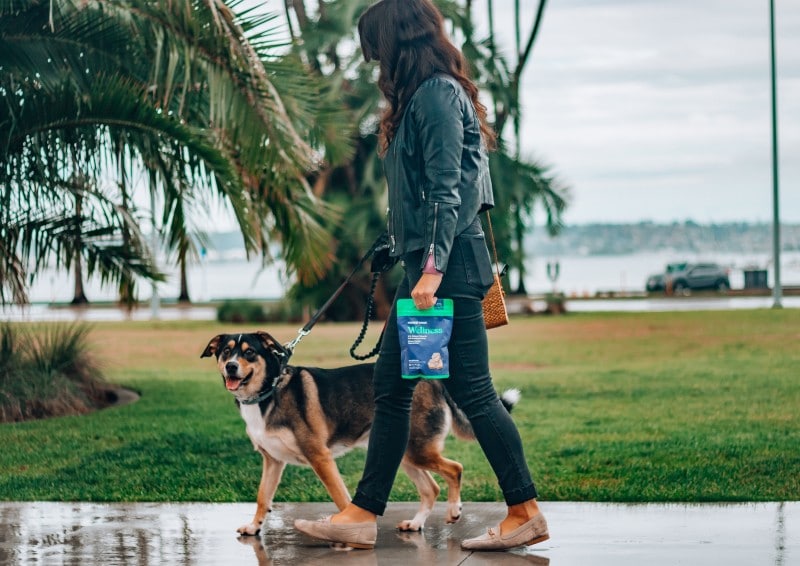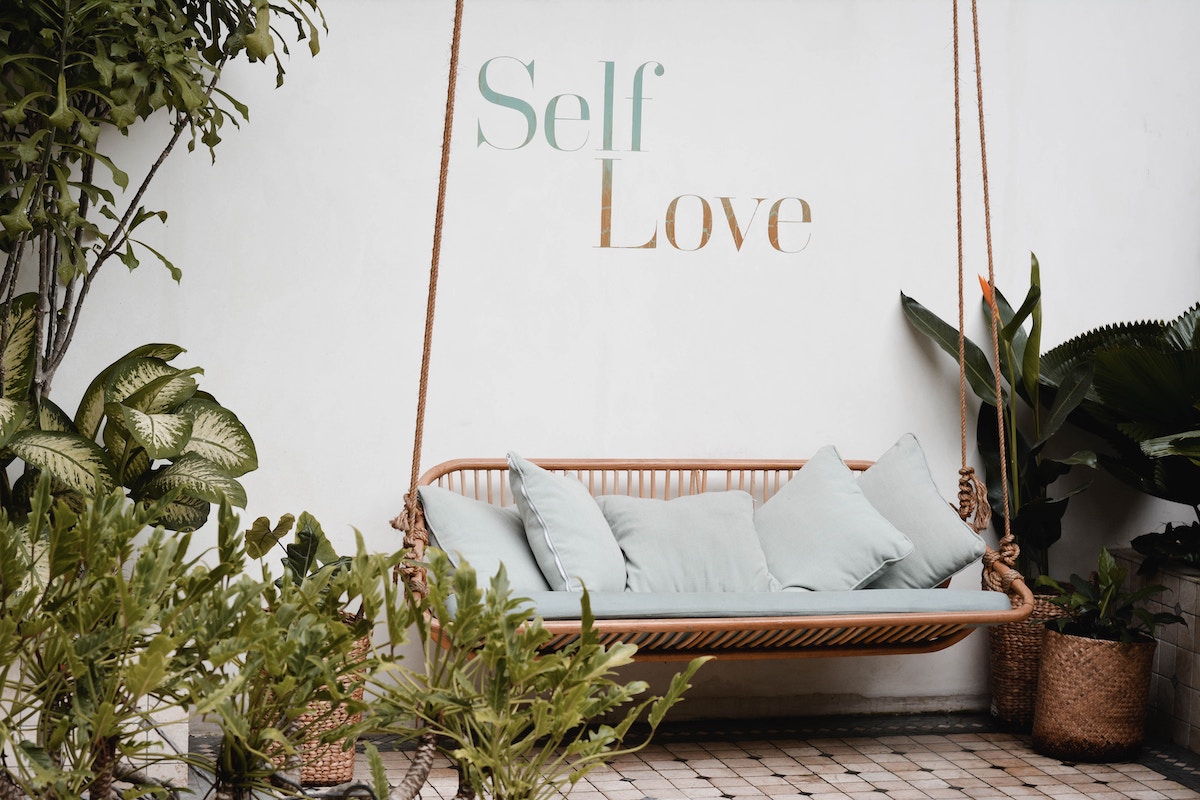
Sit Less, Move More
4 ways to combat serious health risks by incorporating small, daily movements
When it comes to exercise, it can be difficult to find the motivation, funds, and time to commit. But research suggests increasing overall movement – like mopping the kitchen, or walking the dog around the block – is vital to lowering your risk of disease.
A sedentary lifestyle consists of behaviors that take little energy while sitting or reclined. Advances in technology leave little need for daily movements, resulting in increased time sitting and serious health consequences. Take for instance the fast accessibility of a take-out meal or grocery delivery with services such as Doordash and Instacart.
Consistent daily movements combat a sedentary lifestyle. Research supports reducing prolonged bouts of sitting should be a priority when it comes to minimizing health risks, such as obesity and cardiovascular disease.
The Physical and Mental Benefits of Movement
Gentle movement is about activating and maintaining the function of the various body systems, (musculoskeletal, cardiovascular, and respiratory).
Let’s review five benefits of movement:
- Muscles. Movements like walking, climbing stairs, and even opening a door require activation and coordination of your muscles. Movement strengthens these muscles in your body, improving your overall balance and stability.
- Bones. Just like our muscles, we must train and activate our bones to maintain bone strength. Weight-bearing movements (lifting groceries or lifting weights) and impact activities (playing basketball or jumping jacks) have the greatest impact on maintaining bone health.
- Joints. Mechanics will tell you to not let your car sit idle for too long, or you run the risk of battery failure and other issues. Our bodies are the same. We can, and should, think of movement as the grease to our joints.
- Brain. Movement, such as yoga or tai chi, bridges the gap between our bodies and our mind. This helps prevent falls or injuries and improves flexibility and range of motion.
- Heart & Lungs. Getting your body moving requires blood flow to working muscles.
This gets your heart pumping and your lungs working efficiently to deliver oxygen and nutrients throughout the body.
Feeling motivated? Start small
The best way to incorporate a new habit is to start small. Here are some easy tips and ideas you can take to keep you moving at home or at work:
- Deep cleaning. Small bursts of vacuuming, sweeping, or doing yard work is a great way to sneak in exercise, and checking off chores from your to-do list can be a great way to get movement in your day.
- Errands on the move. Depending on accessibility, turn your errands into a reason to walk or bike to get additional movement in your day.
- Walk the dog. Skip the backyard and take your pup for a walk around the block, beneficial for both dog and owner.
- Try new exercises. Instead of committing to one exercise class a day, break up your normal routine with small exercises. This could look like 10 sit-ups, squats, or push-ups during commercial breaks while watching television, or every time you put your shoes on in the morning.
WellStyles and Valley Schools
If you enjoy this type of information and would like to learn more about Valley Schools’ exclusive wellness program, WellStyles, reach out to us. We’d love to hear from you!



